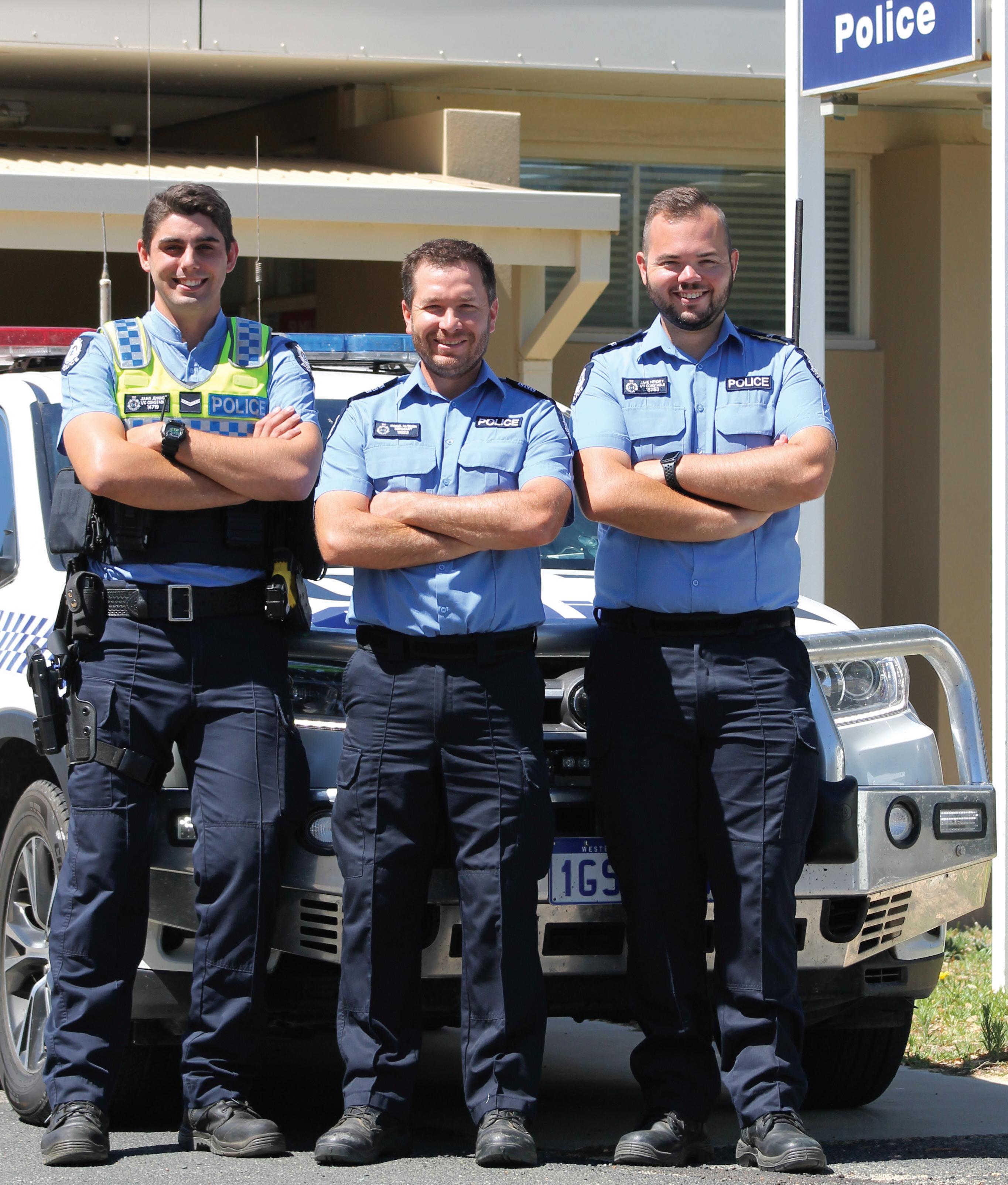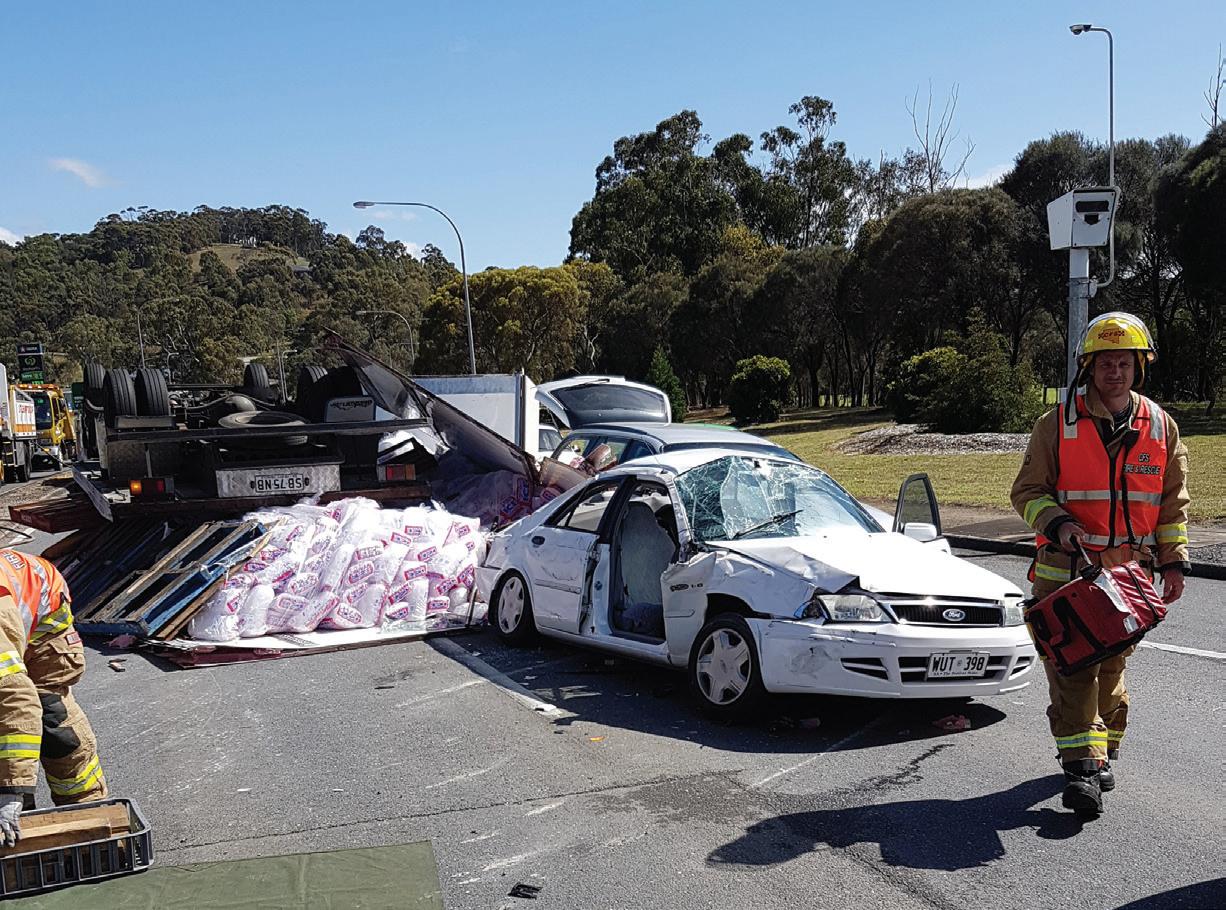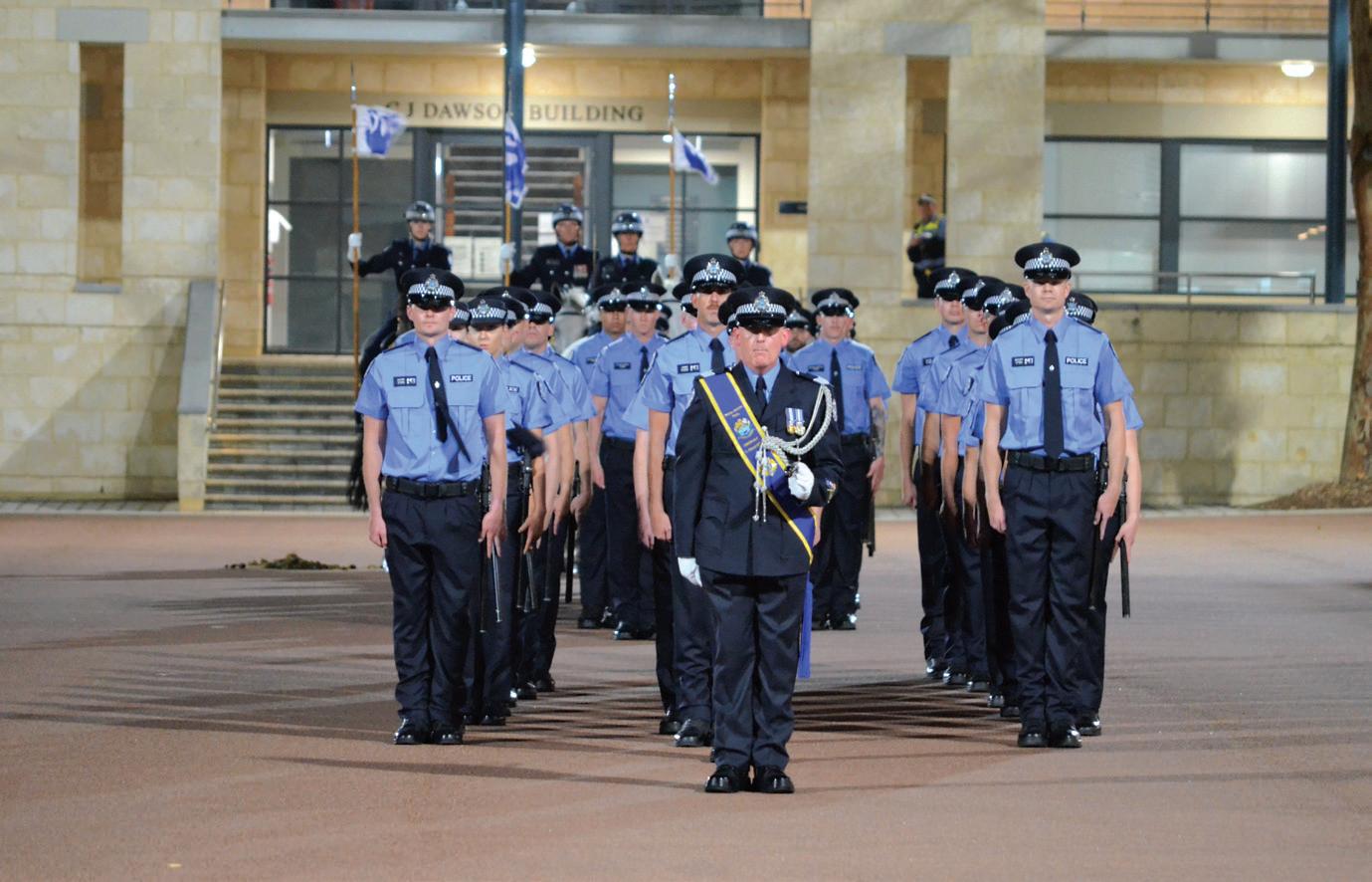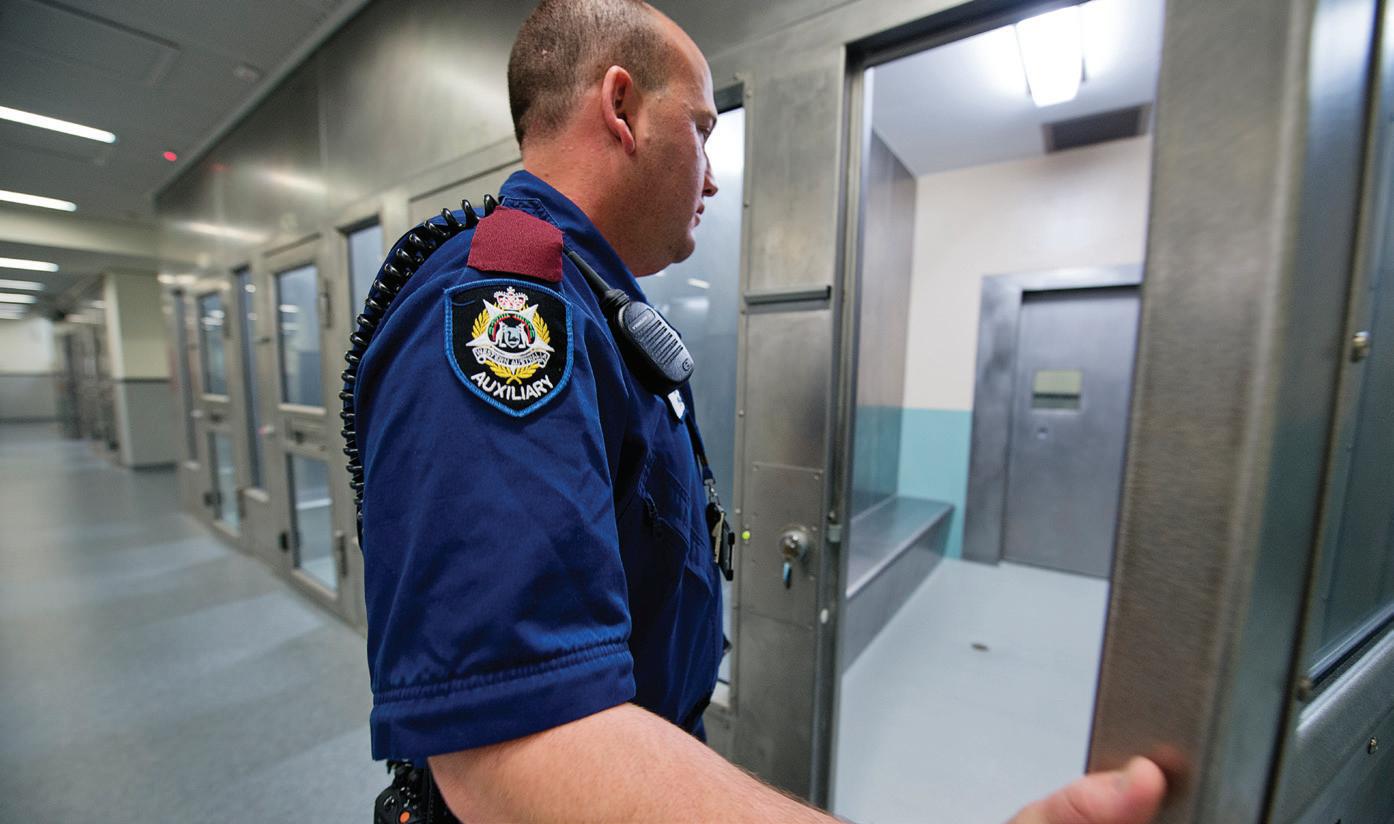
3 minute read
LEGAL
RICHARD YATES
Partner Tindall Gask Bentley Lawyers
Advertisement
LEGAL
Criminal injuries compensation claims
SO YOU'RE WAITING ON A criminal injuries compensation determination following submitting your claim. What is your claim worth?
There's a lawyers' saying that you know what a client's claim is worth when a judge tells you. That’s a light-hearted way of saying it's the determination or appeal that decides the exact amount of compensation, not predictions along the way. However, an understanding how an assessor or judge will approach the assessment does help work out the range you might expect the figure to be in.
Firstly, the maximum award in the legislation is $75,000. That maximum cap is reduced dollar for dollar by any sick leave and medical expenses paid by the WA Police Force. For example, if the WA Police Force have paid $40,000 in sick leave and medical expenses, the maximum cap reduces to $35,000. And the cap includes medical report fees, so if for example, doctors have charged you $5,000 for medical reports, the effective maximum cap in that example would be $30,000.
To work out where a claim sits within the applicable maximum cap, the legislation is focused on the concept of claiming your losses. Sometimes, that will be easily worked out, for example how much you've spent on medical reports, or your out of pocket costs for glasses broken during the incident. Sometimes it’s a little harder to accurately calculate, for example the loss of shift penalties and overtime you would have expected to have earned while you were on sick leave or light duties. But that can usually be roughly worked out using payslips, rosters or both.
The biggest grey area of most claims is compensation for pain and suffering. Previous decisions of the District Court give some guidance, but every case is different. For example, a 2017 District Court appeal decision dismissed a Member's appeal against an award of $300 where he had been spat in the eye, whereas other "exposure" claims have been determined between $1,000 and $3,000.
The difference is often explained by the presence or lack of medical evidence of the psychological effect on the Member, for example a report from a psychologist. Physical injuries requiring surgery will usually attract a higher award than injuries conservatively treated, but that broad statement is challenged when relatively minor injuries persist and cause ongoing disruption to life and work.
It's important to bear in mind these claims are evidence-based. If you have scarring from surgery; attach good quality colour photos. If you're having trouble sleeping and require prescribed medication from your doctor; get a medical report. In other words, it's not merely a case of whether a loss occurred or not in a general sense, it's a case of whether you've provided the evidence to satisfy the assessor or the District Court of the loss.
Decisions from assessors are appealable to the District Court. These appeals are hearings de novo which means a District Court judge can assess an award from scratch without first needing to find an error in the assessor's decision and new evidence can be tendered at the appeal. That's not to say that all effort shouldn't be put into presenting a good evidencebased claim to the assessor rather than having to fix it up on appeal.
Once an assessor or judge assesses your individual losses, they're added up and that's the award, subject to that amount being at or less than the maximum cap in your case.
There may be some out of pocket expenses you'll need to wear such as the WA Police Force and other freedom of information fees, legal expenses and court filing fees.








